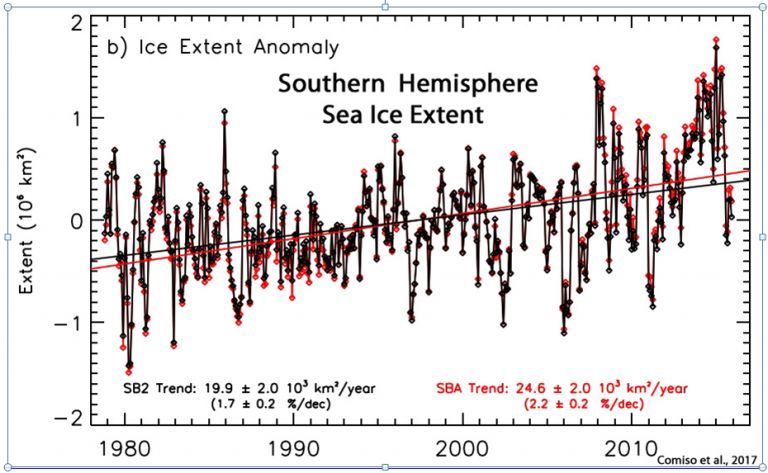OF THE
TIMES
A hit job. Integrity is an offense in the Canadian and American military.
As I have noted before, in 2016 my view of Trump was he was crude, rude, and coarse. However, he has withstood lawfare, impeachment, constant...
Yeah, and it goes to 11. ;)
Dr. Wayne Dyer articulated it so precisely when he said, “The concept of balance defines our Universe. The cosmos, our planet, the seasons, water,...
Following the US lead of nonsense. Julian Assange comes to mind, then there's.....
To submit an article for publication, see our Submission Guidelines
Reader comments do not necessarily reflect the views of the volunteers, editors, and directors of SOTT.net or the Quantum Future Group.
Some icons on this site were created by: Afterglow, Aha-Soft, AntialiasFactory, artdesigner.lv, Artura, DailyOverview, Everaldo, GraphicsFuel, IconFactory, Iconka, IconShock, Icons-Land, i-love-icons, KDE-look.org, Klukeart, mugenb16, Map Icons Collection, PetshopBoxStudio, VisualPharm, wbeiruti, WebIconset
Powered by PikaJS 🐁 and In·Site
Original content © 2002-2024 by Sott.net/Signs of the Times. See: FAIR USE NOTICE

Reader Comments
to our Newsletter